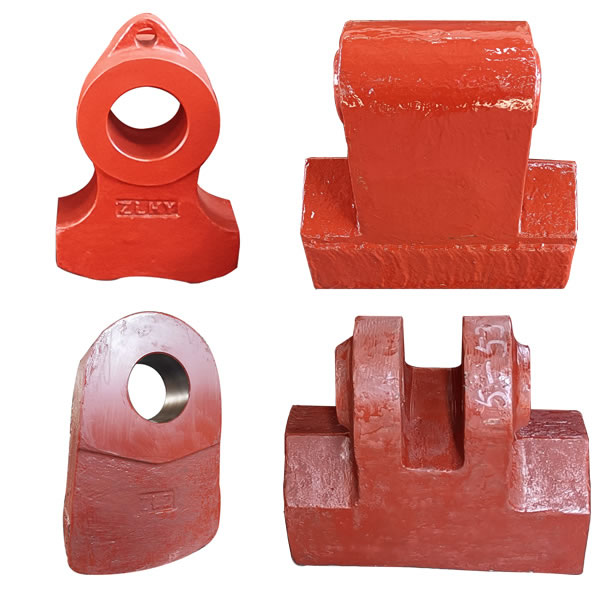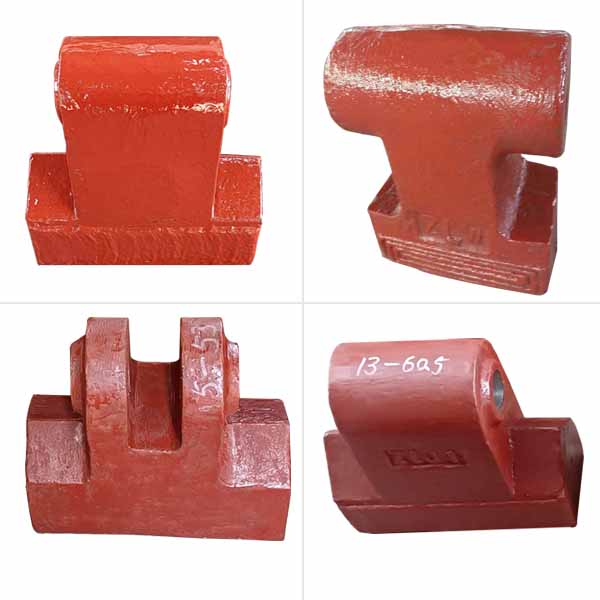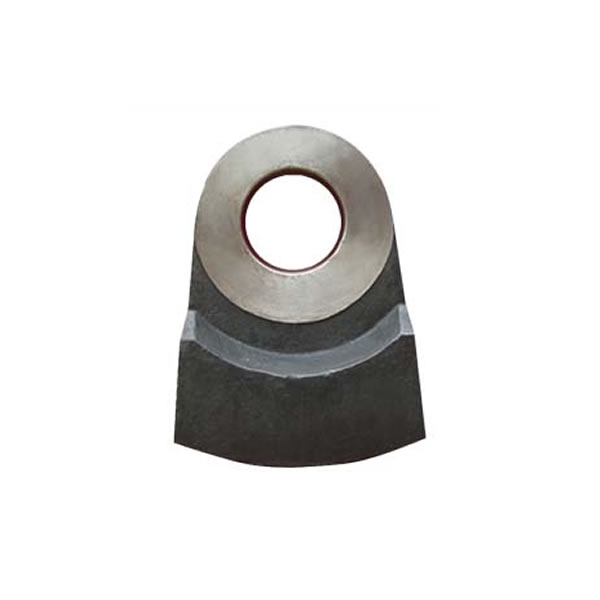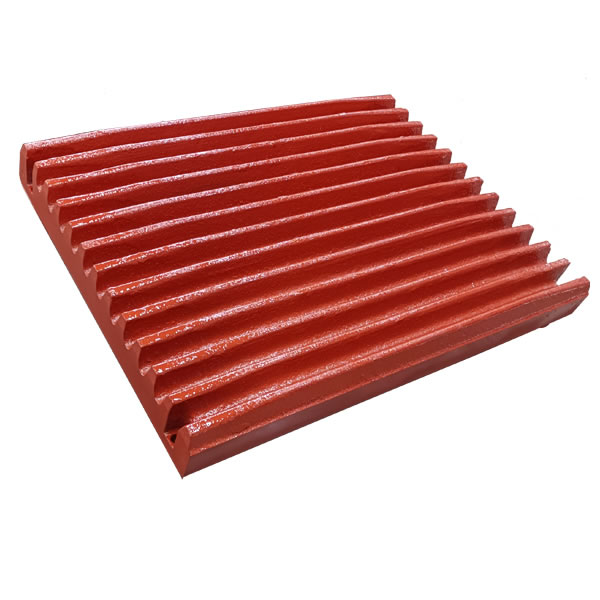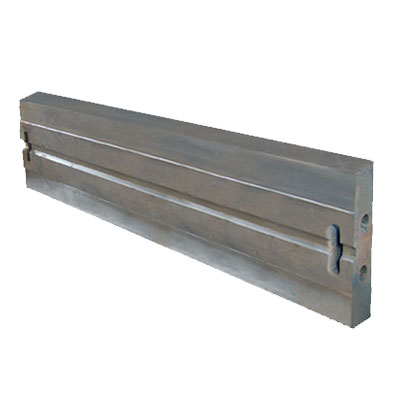How to maintain and maintain the conveyor chain of the clinker conveyor in the cement plant?
The maintenance and maintenance of the conveyor chain of the clinker conveyor in the cement plant is very important, which is related to the stable operation and service life of the conveyor. The following are the specific points:
一、Daily maintenance
1. Clean the chain: Regularly remove dust, clinker powder and other debris on the surface of the chain to prevent them from entering the joints of the chain and aggravating wear. You can use compressed air spray guns, brushes and other tools to clean them to ensure that there is no dust accumulation and agglomeration of materials on the chain plates, pins, rollers and other parts.
2. Check the chain connection: Before and after each startup and shutdown, carefully check the connection of the chain, including whether the connecting bolts between the chain plates and the fixing pins of the pins are loose or falling off. If loose parts are found, they should be tightened or replaced in time to avoid chain failure due to loose connections.
3. Observe the operating status: During the operation of the conveyor, closely observe the operating status of the conveyor chain to see if there are any jams, deviations, abnormal noises and other phenomena. If the chain is not running smoothly or there is an abnormal sound, the machine should be stopped immediately for inspection to find out the problem and solve it in time.
conveyor chain of the clinker conveyor in the cement plant
Material:Mn13Cr2+hardfacing

二、Regular maintenance
Lubrication chain
1. Choose the right lubricant: According to the working environment and requirements of the conveyor chain, choose a lubricant with good anti-wear, anti-oxidation and anti-corrosion properties, such as high-temperature lubricating oil containing molybdenum disulfide or graphite additives, which is suitable for the high temperature and dusty environment of cement plants.
2. Determine the lubrication cycle: Generally speaking, lubrication is performed every 100-200 hours of operation or at least once a week. For conveyor chains with harsh working environments and heavy loads, the lubrication cycle should be shortened appropriately.
3. Correct lubrication method: Use drip lubrication or spray lubrication to evenly apply the lubricant to the chain plate, pin shaft, roller and other parts to ensure that the lubricant can fully penetrate into each joint of the chain.
Check chain wear
1. Measure the size of the chain link: At regular intervals (such as monthly or quarterly), use calipers and other tools to measure the size of the chain link, including the thickness of the chain plate, the diameter of the pin shaft, the outer diameter of the roller, etc., and compare them with the original size. Generally speaking, if the thickness of the chain plate wears more than 10% and the diameter of the pin shaft wears more than 5%, it is necessary to consider replacing the chain or related parts.
2. Check the uniformity of wear: Observe the wear of each part of the chain to see if there is a problem with local wear. If it is found that a certain section of the chain is obviously more worn than other parts, find out the cause. It may be that there is a problem with the sprocket or guide rail at that part, or the material is unevenly distributed.
Adjust the chain tension
1. Check the tensioning device: Regularly check the working condition of the chain tensioning device, such as whether the tensioning spring is elastic and whether the tensioning bolt is loose. If the tensioning spring is fatigued, deformed or broken, it should be replaced in time.
2. Adjust the tension: According to the relaxation of the chain, adjust the tensioning bolt or other tensioning device to keep the chain at a suitable tension. Generally speaking, when the chain is unloaded, the droop in the middle should be controlled at about 20-30mm.
三、Handling of special situations
1. Handling material adhesion: When encountering a situation where the material is adhered to the chain, the machine should be stopped and cleaned in time. Avoid using sharp tools to damage the surface of the chain. You can use warm water, steam, etc. to soften and rinse, and then clean it with tools such as a brush.
2. Dealing with sudden failures: If the chain breaks, severely deforms, and other sudden failures, the machine should be stopped immediately and the damaged chain links or chains should be replaced. At the same time, the cause of the failure should be analyzed in depth, and whether there are problems such as sprocket wear, guide rail deformation, overload operation, etc., and appropriate measures should be taken to rectify and prevent similar failures from happening again.

